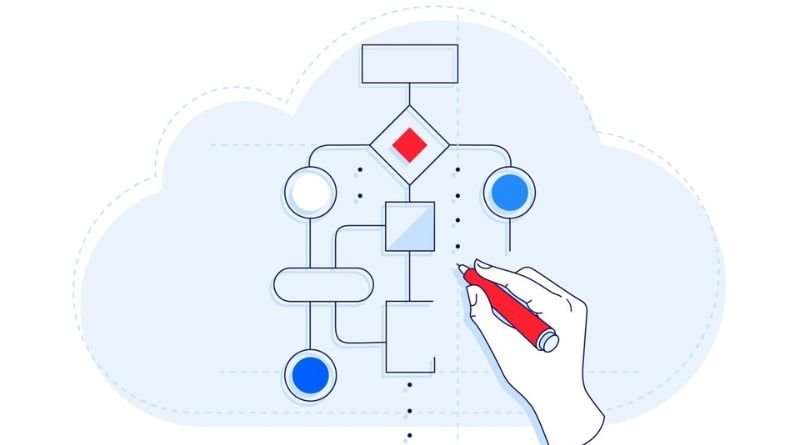Boomi vs MuleSoft: Which iPaaS is right for your business?

Integration Platform as a Service (iPaaS) platforms are being adopted rapidly in the enterprise, and these platforms offer many of the same types of benefits that Software-as-a-Service (SaaS) has delivered to businesses since its inception. An iPaaS enables applications and data within an organization to be integrated with one another, thus facilitating faster and more efficient internal operations. When organizations are looking to choose between two different iPaaS solutions, however, they can be stymied by the complexity of the decision.
What is an iPaaS
In the world of IT, PaaS stands for Platform as a Service. In other words, developers use Platforms like Web applications and the tool sets they contain to build solutions that they then offer up to the enterprise. The acronym iPaaS, or Integration Platform as a Service, has become very popular in recent years as enterprises have begun taking advantage of web-based integration platforms.
How to choose an integration platform
The first step in deciding which integration platform to use is understanding what an integration platform does. An integration platform, or iPaaS, connects different applications and data systems by providing connectivity over a variety of technologies.
Why use an integration platform
Integration platform solutions like Boomi and MuleSoft are highly sought after because they not only provide your applications with integration capabilities, but allow users to build reusable integration assets that can be utilized over and over again. For example, one might have developed an integration to send emails when a package is delivered. This integration can then be called by other applications as needed so no developer has to recreate the process every time it’s needed.
What are iPaaS benefits?
Both Boomi and MuleSoft offer many different benefits and help make the day-to-day management of systems, applications, and data easier. Boomi offers a one-stop solution that includes cloud integration and connectivity services. In addition to iPaaS solutions, they offer integration with CRM. MuleSoft offers multiple packages, which provide functionalities such as collaboration and intelligence platforms.
How do they compare?
With an emphasis on Software-as-a-Service, Boomi provides developers with a platform that allows for the integration of technology in apps and websites. On the other hand, MuleSoft specializes in enterprise integration as a service by providing developers with a platform to build APIs and then combine data across multiple cloud applications without any vendor lock-in.
Both offerings are high quality but it will depend on what you are looking to do as well as your current set up to determine which solution is the best choice.
Choosing the best integration platform
I hope that this post was able to illustrate some of the key distinctions between Boomi and MuleSoft. As with most new technologies, it’s impossible to know whether one will become the dominant player in the space. However, by understanding these strengths and weaknesses, you can have a better sense of what would work best for your company’s needs.
Final thoughts
An iPaaS enables applications and data within an organization to be integrated with one another, thus facilitating faster and more efficient internal operations. When organizations are looking to choose between two different iPaaS solutions, however, they can be stymied by the complexity of the decision.
it’s impossible to know whether one will become the dominant player in the space. However, by understanding these strengths and weaknesses, you can have a better sense of what would work best for your company’s needs.





